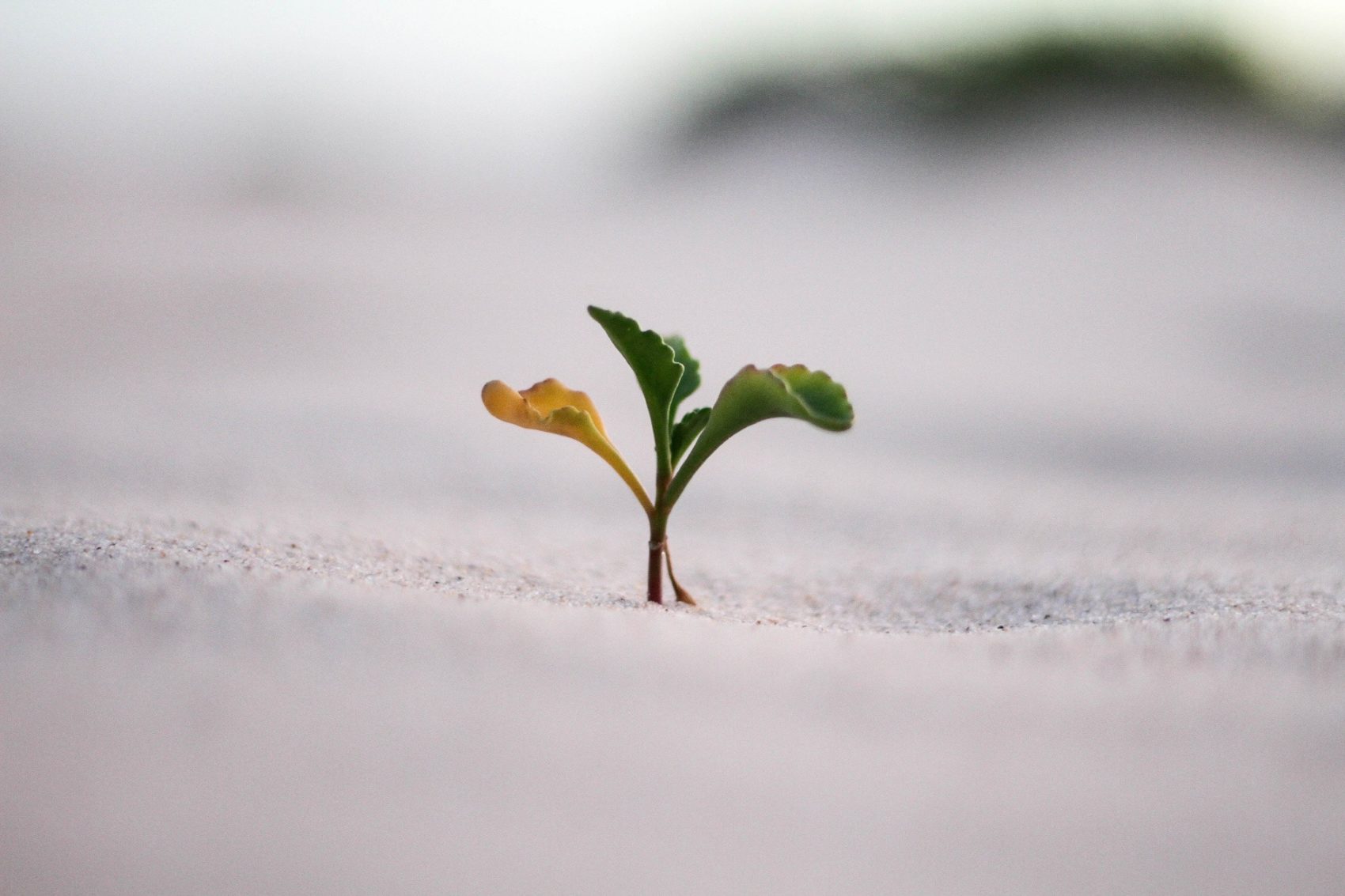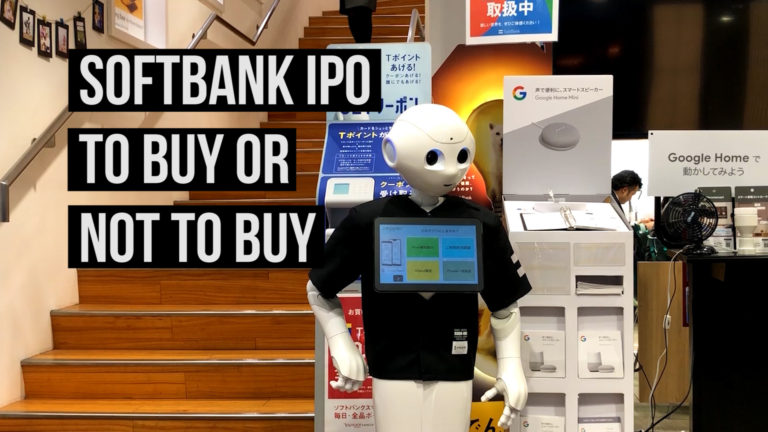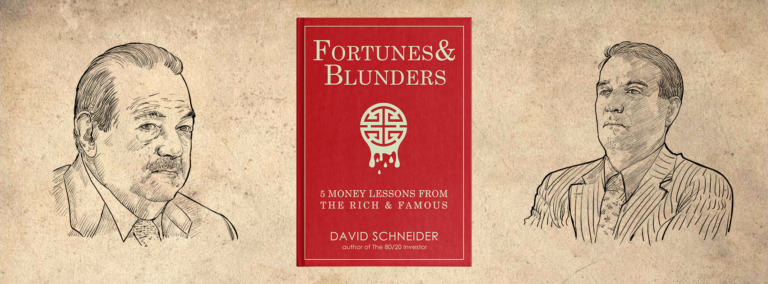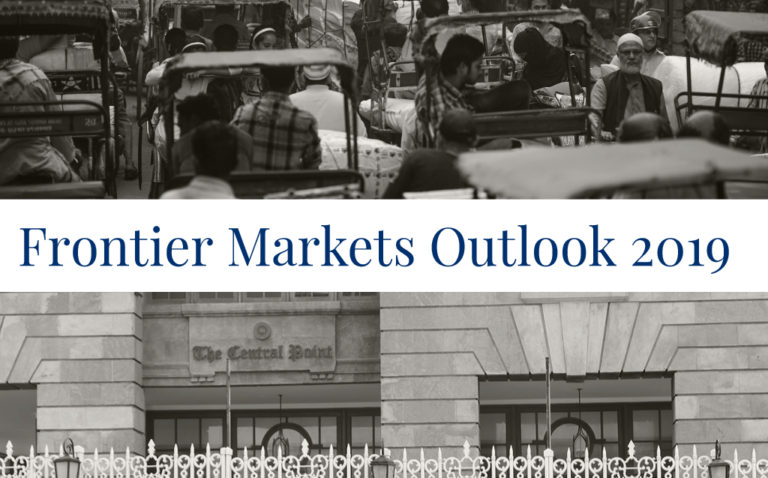Investing: Achieving Passive Income
Investing and Achieving Passive Income
Investing is often described as the process of laying out money now in the expectation of receiving more money in the future. The whole process is similar to farming. You sow the seeds in the appropriate season and wait for the crops to be harvested in the future. Both require planning, hard work, and an understanding of the effects of time. In farming, you can cover your bases by diversifying crops for different seasons, or by choosing crops that yield the highest calorie output for calorie input.
A successful investment formula looks rather simple:
- You establish primary cash flow.
- You start saving part of that cash flow,
- which you reinvest, or purchase valuables that increase or at least maintain value.
It’s all about future cash flows that result from the decisions we make today. In the process, you enjoy an effect that financial gurus call ‘compounding of returns’ — in other words, making more money with money at an exponential rate. This is the core attraction of investing, and the main reason to take the time to learn it from the ground up. Just imagine if your income from past investments is enough to cover all your everyday costs. This is achieving passive income. This is pure financial freedom— the freedom to do what you really want in life, to be the person you are striving to be.
In 1968, legendary money manager Gerald Tsai described why he felt at home in the world of investing in the center of Manhattan: “I felt that being a foreigner I didn’t have a competitive disadvantage there.” Indeed, the skill of investing skill is a powerful tool that doesn’t discriminate. Successful investors are everywhere and are different ages, races, genders, and socioeconomic classes. You could be a black woman from Detroit and become an investment success, like Latasha Kinard from Millennial Wealth Academy, or a German-born, gay, white male, like Peter Thiel.
The Joys of Achieving Passive Income
The ultimate goal of investing is, of course, passive income. By definition, passive income means acquiring income without actively producing it. There is nothing more powerful than the prospect of achieving passive income. If done correctly, mastering investing has some very attractive benefits, which include more money, potential early retirement, the removal of the chains of an unloved 9 to 5 job, and the escape of the burden of 100-hour shifts at a consultancy, investment bank or law firm. Passive income could mean the ability to live out your hedonistic tendencies like Hedonismbot and “apologize for nothing.”[i] For others, it means dedicating life to study, self-improvement, or community welfare.
Another advantage of investing skills is the possibility of location independence, or a Location Independent Lifestyle Design (LILD). The original idea behind LILD was, as Timothy Ferriss described in his book The Four Hour Work Week, to escape spending your day in a cubicle doing menial or unfulfilling work. Put simply- it is “not being tied to a certain location for any reason.”[ii]
It is much more than just changing working from the beach with your laptop, although this idea appeals to many readers. It means making a conscious decision to be in control of your life for “maximizing your lifetime experience of happiness.”[iii] As opposed to early retirement, LILD practitioners still pursue paid activities. It could be the skilled IT expert, a specialist for SEO (Search Engine Optimization) and digital marketing, who offers his or her skills as a freelancer working from a coworking space in Bali.
It could be the yoga instructor who gives online lessons and seminars via YouTube or Skype while improving his or her skills in an ashram somewhere in India. It could be the fiction writer renting a castle in the remote areas of Transylvania that really gets his or her creatives juices flowing while co-writing with other authors at the same location and sharing the cost of renting the castle.
What all these examples have in common is the advantages of earning their revenues in a hard currency—such as USD or EUR—while living in a country with a lower value currency such as Poland, Vietnam or Mexico. This alone can reduce the cost of living noticeably. Many creatives, as part of growing group of digital nomads, can still enjoy the same result and the same standard of living they’d enjoy back home in the industrialized West. They simply utilize telecommunication technologies to earn a living wherever they choose to reside for the moment.
But it’s not only the financial aspect that has real merits. Those not comfortable with extreme weather and seasonal changes simple escape to a climate zone that is more suitable for their well-being. Like birds changing location with seasons, they, too, can change their work locations for a couple of months and exploit the best the world has to offer. This is real location-independent lifestyle design.
It’s obvious, LILD is much easier to attain than a strict form of early retirement since you would still be working. In fact, LILD could be the smooth transitioning period from full-time employment to retirement. In many cases, those who have already achieved financial freedom and location independence continue pursuing their work activities.
Many times, their lifestyle is founded on the passion for their work that made them a financial success in the first place. From own observations, even those who could afford early retirement continue some sort of work activity. LILD is your choice to make, and you will never have to make a decision under pressure. The key to achieving this new form of lifestyle choice will be achieving passive income and it starts with making the right investment decisions today.
Stay tuned when we discuss the two main aspects of creating and protecting your wealth.






